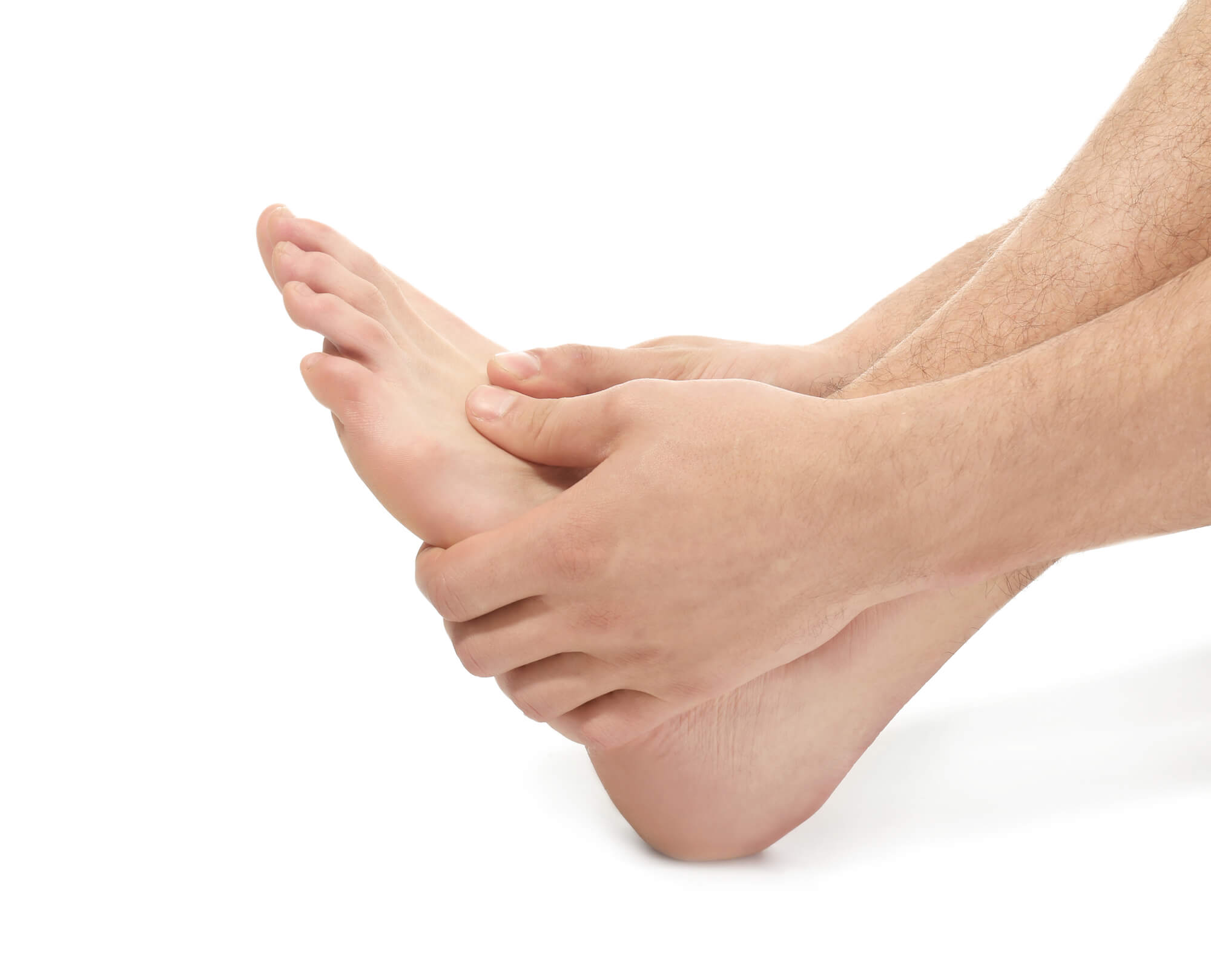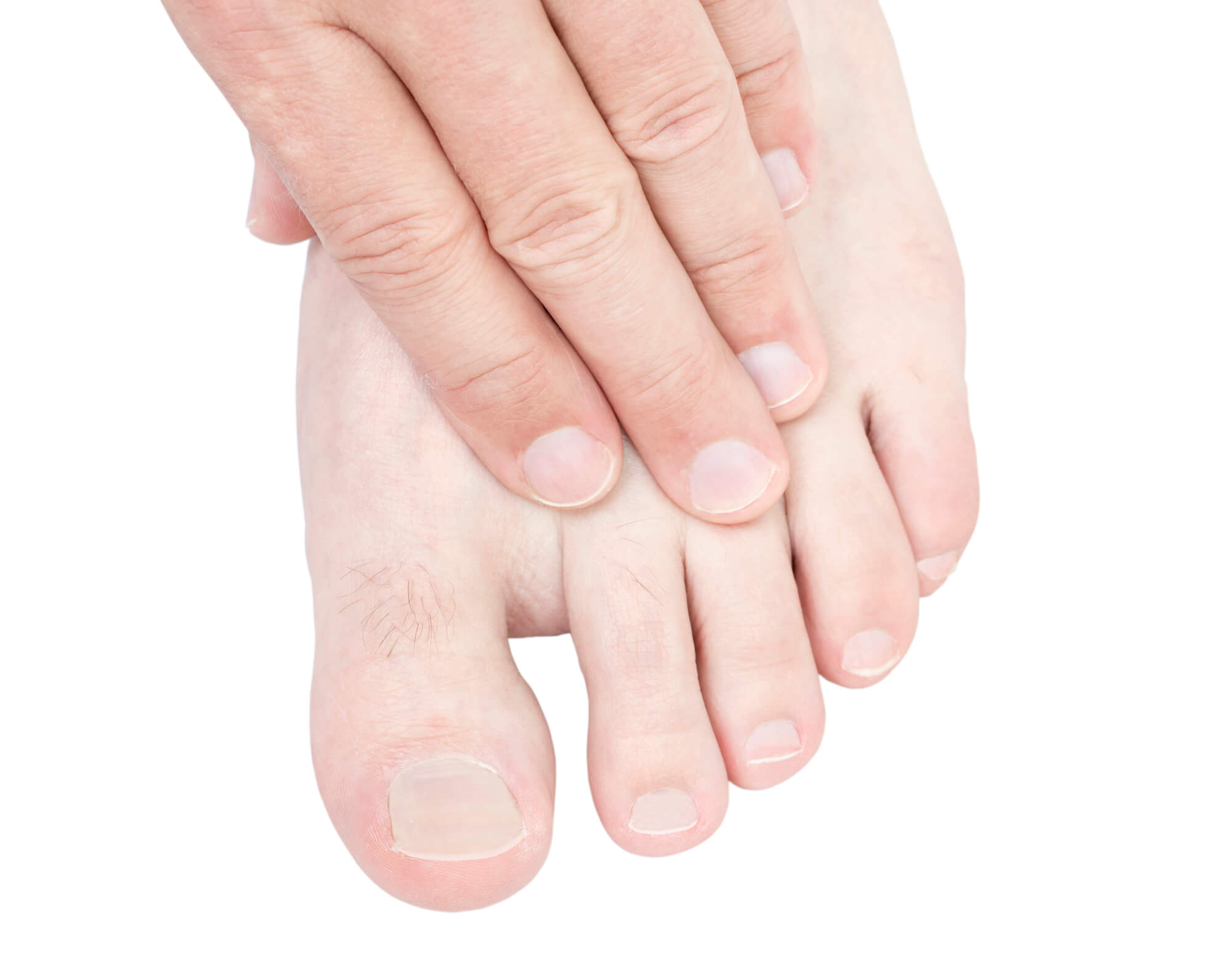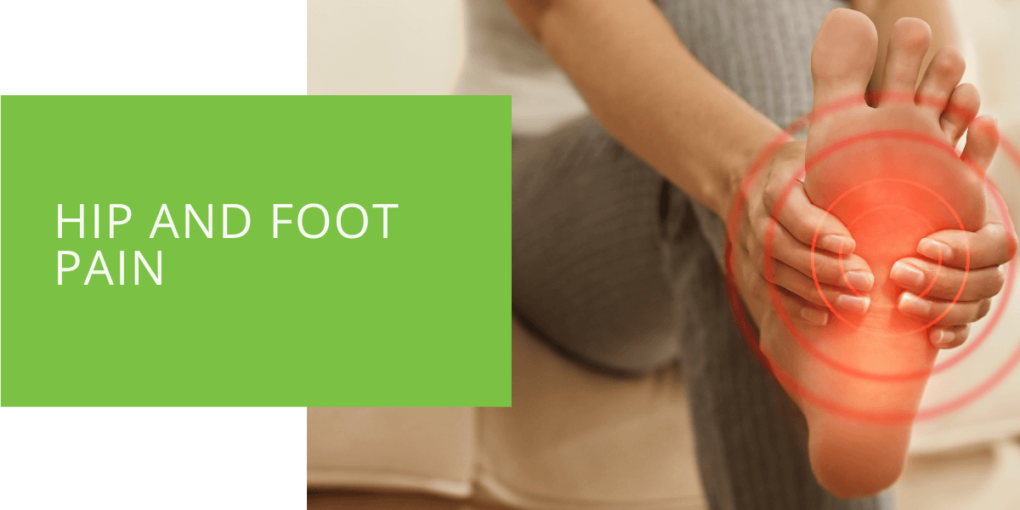Understanding the Connection Between Hip and Foot Pain
Hip and foot pain can be debilitating, affecting our mobility and overall quality of life. Many people are unaware of the intricate relationship between these two areas of the body. Understanding the connection between hip and foot pain is crucial for accurate diagnosis and effective treatment. This article will explore the common causes, symptoms, treatment options, and preventive measures associated with hip and foot pain, providing valuable insights into these interconnected issues.
Common Causes of Hip and Foot Pain
Hip and foot pain can arise from various factors. Let's delve into some of the most common causes:
Overuse Injuries
Repetitive movements and excessive stress can result in overuse injuries that affect both the hip and foot. One common condition is plantar fasciitis, which causes intense pain in the foot's arch. Additionally, hip bursitis, characterized by inflammation of the fluid-filled sacs around the hip joint, can lead to discomfort in both areas.
Alignment Issues
Proper alignment of the hip and foot is crucial for maintaining optimal function and minimizing pain. When misalignment occurs, it can lead to various issues. For instance, if the hip tilts inward, it can cause the foot to pronate excessively, leading to arch pain and discomfort. On the other hand, if the foot flattens and rolls inward, it can contribute to hip instability and potential pain.
Arthritis and Joint Conditions
Arthritis and other joint-related conditions can affect the hip and foot, causing chronic pain and limited mobility. Osteoarthritis, a degenerative joint disease, commonly affects the hip and can result in stiffness, pain, and difficulty walking. Rheumatoid arthritis, an autoimmune disorder, can cause inflammation and joint damage in the hip and foot.

Symptoms and Diagnosis
Recognizing the symptoms of hip and foot pain is vital for early intervention and appropriate treatment. Let's explore the signs and diagnostic techniques:
Hip Pain Symptoms
Hip pain can manifest in various ways, including groin pain, limited range of motion, and radiating discomfort down the leg. Some individuals may also experience lower back pain, as the hip joint and lower back are interconnected.
Foot Pain Symptoms
Foot pain can present in different forms, such as heel pain (commonly associated with conditions like plantar fasciitis or heel spurs), arch discomfort, and difficulty walking or standing for extended periods.
Diagnostic Techniques
Podiatrists and orthopedic specialists employ various diagnostic techniques when diagnosing hip and foot pain. These may include physical examinations, patient history evaluations, X-rays, and MRI scans. By carefully assessing the symptoms and employing these diagnostic tools, healthcare professionals can accurately determine the root cause of the pain.
Treatment Options
Treating hip and foot pain involves addressing the underlying causes and managing the symptoms effectively. Here are some common treatment options:
Non-Surgical Treatments
Non-surgical approaches are often the first line of treatment. Rest, physical therapy, and stretching exercises can help alleviate pain and improve flexibility. Podiatrists may recommend custom orthotic devices to support and correct alignment for individuals with flat feet or other structural issues.
Medications and Injections
To manage pain and inflammation, healthcare providers may prescribe non-steroidal anti-inflammatory drugs (NSAIDs) or recommend corticosteroid injections for localized relief. These medications can offer temporary relief and facilitate the healing process.
Surgical Interventions
Surgical interventions may be necessary in severe cases or when conservative treatments fail to provide relief. The specific surgical procedures vary depending on the underlying condition and may involve hip or foot surgeries or a combination of both. Surgical interventions aim to correct structural abnormalities, repair damaged tissues, and restore proper function and mobility.

Preventive Measures and Lifestyle Changes
Prevention is key when it comes to hip and foot pain. Implementing the following measures and lifestyle changes can help minimize the risk of developing these issues:
Maintaining Healthy Weight
Excess weight places additional stress on the hip and foot joints, increasing the likelihood of pain and discomfort. By adopting a balanced diet and engaging in regular physical activity, individuals can achieve and maintain a healthy weight, reducing strain on these areas.
Wearing Appropriate Footwear
Choosing footwear that provides proper support and alignment prevents hip and foot pain. Opt for shoes with adequate arch support, cushioning, and stability. Additionally, flat-foot individuals may benefit from orthotic inserts to promote proper foot alignment.
Regular Exercise and Stretching
Regular exercise and stretching routines can improve joint flexibility, strengthen supporting muscles, and enhance overall posture. Low-impact activities such as swimming, cycling, and yoga can be particularly beneficial for maintaining hip and foot health.
Conclusion
Understanding the connection between hip and foot pain is essential for individuals seeking relief and effective treatment. By recognizing the common causes, symptoms, and available treatment options, individuals can take proactive steps toward managing their pain and improving their overall quality of life. Suppose you are experiencing hip or foot pain. In that case, consulting with a qualified podiatrist who can provide a comprehensive evaluation and develop a tailored treatment plan to address your specific needs is crucial. Don't let hip and foot pain hold you back - seek professional help and regain mobility and comfort.

